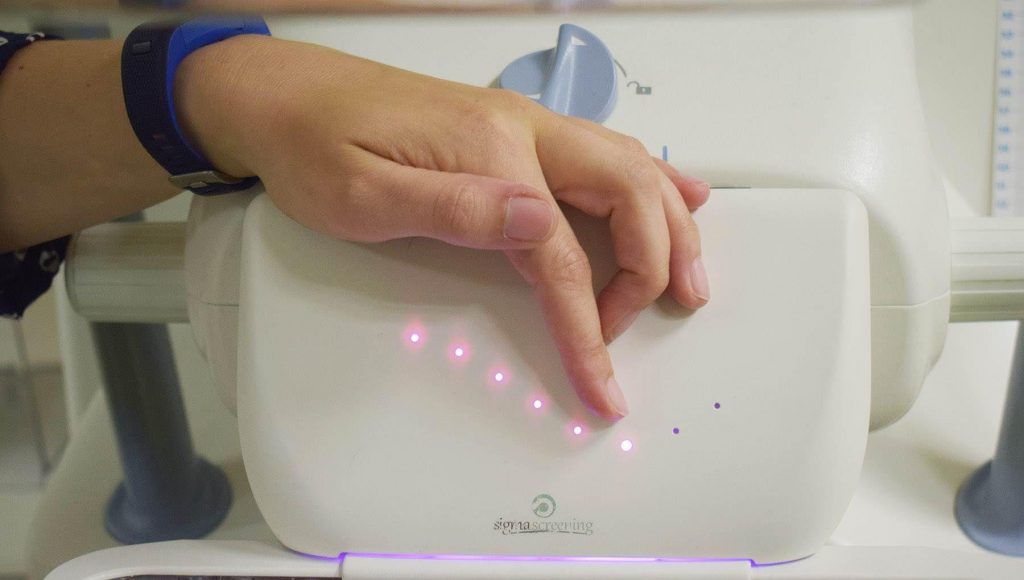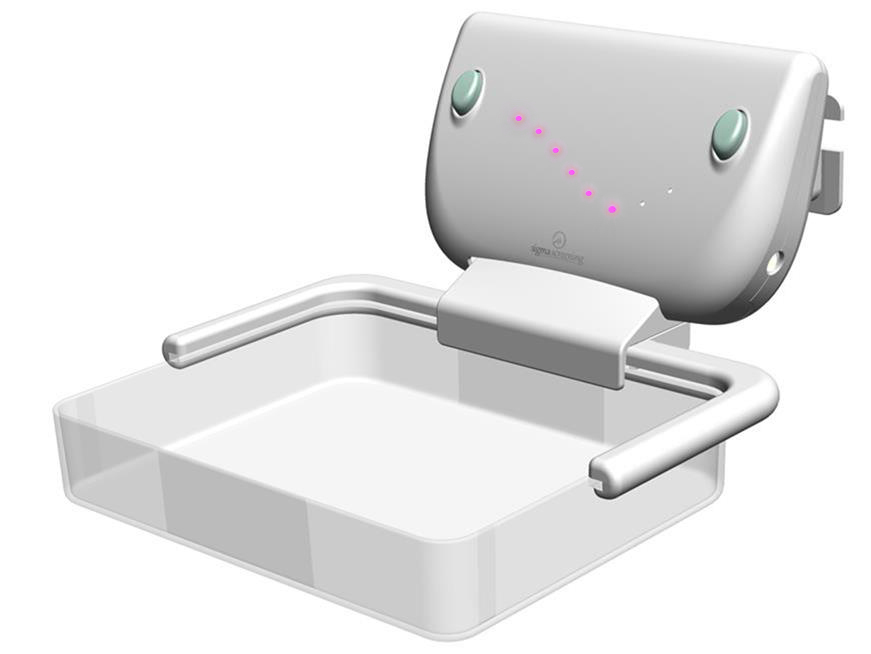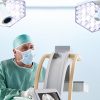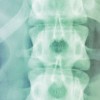New Pressured-Based Compression Technology May Improve Breast Screening for Millions
Patients, medical researchers, and imaging technology companies are all pushing forward to make a crucial medical scan better for everyone.
On March 28th, a petition signed by more than 95,000 women was presented to the Dutch government, calling for urgent changes to public health screening procedures for breast cancer. Led by Muriel van der Draaij, the initiative seeks to improve a part of the national healthcare program designed for women between 50 and 75. Under this program, more than 800,000 are screened every two years, and many women experience pain both during and after the procedure.
Today, around 125 million mammograms are conducted worldwide each year. Comprehensive screening is important because approximately 75 percent of women diagnosed with breast cancer have no family history of breast cancer or other factors that put them at high risk for developing the disease, meaning that screening only high-risk women would miss most cancers. The effects are massive: women participating in the screening have an average of 50 percent lower risk of dying from breast cancer.
The modern mammography system was developed in the 1950s. It uses parallel plates to flatten the breast to make it easier for the x-ray imaging of the day to consistently capture useful images of tissue while minimizing the amount of radiation required. A key problem with this approach is that the system standardizes the amount of pressure required in the plates, meaning that women with smaller breasts often experience much more painful mammograms. The force applied during a mammogram varies significantly from country to country, hospital to hospital and even within a hospital, between different technicians. Some women are subjected to up to 18 kg (40 pounds) of force during breast compression.
Decades of research has shown that the procedure is so painful that many women avoid the procedure altogether. One study found the reported pain rates range from 6–76%, with 23–95% experiencing pain or discomfort. A New Zealand study in 2008 found that the pain of mammography is recognized as a significant deterrent for women considering this examination, and may affect participation in attending or re-attending breast screening.
Muriel van der Draaij says she was surprised that the painfulness of the scan wasn’t even mentioned when she got her first invite for the population screening. “No one was talking about it, while everyone knows it’s an unpleasant thing to get done.” After she posted about it on Facebook, the responses poured in. Thousands of women reported being bruised and in pain for weeks after a mammogram.
Does it have to be this way?
In 2007, the inspiration for a potential solution was sparked by a single question posed at a symposium in Nijmegen, Netherlands. Ard den Heeten, professor of Radiology at Amsterdam UMC at the time, was hosting the event at the National Breast Cancer Screening Training and Expertise Centre. At one of the seminars, a mammography system was on display. Kees Grimbergen, Professor of Medical Technology, saw the machine and made an observation: “It is strange that there is only a force indication. Force isn’t what the woman feels; she feels pressure. Why doesn’t it measure pressure?”
The two professors began working on a new kind of compression plate which would consider the size and texture of the breast, using technology that gauges the pressure on a woman’s breast rather than the force. They established the company Sigma Screening to further develop the technology into a medical product that could be used in clinics and hospitals around the world. Their approach would be different and independent of legacy mammography screening systems.

Accelerating the solution
In November 2022, recognizing the global extent of the problem and the opportunity, Teledyne DALSA acquired the intellectual property from Sigma Screening to accelerate the development of improved versions of the original device. The IP portfolio and algorithms include new features in the biomechanical elements that will extend the superior imaging quality and consistency achieved today with Teledyne’s Xineos series of CMOS-based x-ray detectors for medical applications.
The unique combination of detector and pressure-sensitive compression is expected to create new possibilities for immediate diagnostic information as well as biomarkers for breast screening. According to Thorsten Achterkirchen, Vice President and General Manager of Teledyne DALSA’s X-Ray Solutions, they “intend to expand the CMOS X-Ray detector product line for mammography and digital breast tomosynthesis (DBT) with new subsystem products for optimizing breast imaging and improving patient comfort during screening.”

A better future requires speaking up
Since much of the original work on pressure-sensitive compression originated at the Amsterdam UMC, Teledyne DALSA intends to extend the clinical cooperation with Amsterdam UMC and the departments of Radiology and Radiotherapy, and Biomedical Engineering and Physics, to conduct new research in the fields of breast imaging, body proteins analysis, and lab-on-a chip technology.
Testing will be the next step in refining and launching a solution that can be part of healthcare in the Netherlands and beyond.
Robert Egan, the American physician credited with the modern mammogram method used today, struggled for years to convince the medical establishment to overcome taboos and prejudice and take this kind of medical care seriously – even though his solution was dramatically better than the options being used at the time by his peers. It took years of persuasion and teaching to slowly make mammography a household word. As ever, the more people willing to stand up and direct attention and resources to medical solutions for breast cancer, the further we’ll go together.



 X-ray Imaging and Medical Diagnostics: New Materials and Techniques
X-ray Imaging and Medical Diagnostics: New Materials and Techniques  Dynamic X-ray Imaging: A Second Look, a New Diagnosis
Dynamic X-ray Imaging: A Second Look, a New Diagnosis 